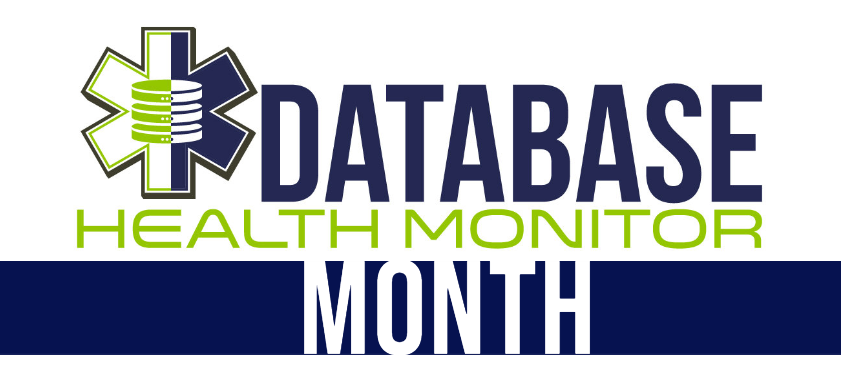Database Health Quickscan – Default maintenance plans to shrink database – Ouch

Shrinking a database can seem like a helpful way to save space and resources, particularly if a database has grown substantially over time. However, SQL Server’s default maintenance plans that include database shrinking can lead to several performance issues. Here’s why:
Fragmentation: When a database is shrunk, the data pages are reorganized to create a contiguous block of free space at the end of the data file, which can cause severe fragmentation. This fragmentation can significantly degrade the performance of your SQL Server because it has to jump around to different locations on disk to read a single object.
Performance Impact: The shrink operation can be resource-intensive and can negatively impact the overall performance of your SQL Server. If a shrink operation is executed during peak hours, it may cause slowness in the system and affect the user experience.
File Growth: Shrinking a database only to have it grow again is counterproductive. It can lead to file system fragmentation and reduces the performance of SQL Server. This constant growing and shrinking, also known as “yo-yoing”, can cause inconsistency in database performance.
Index Damage: Every time you shrink the database, SQL Server might need to rearrange the pages, damaging the indexes. You’d need to rebuild the indexes after the shrink, which requires additional resources.
Unused Space: While shrinking a database does free up disk space, that space is often left unused. Unless you have an immediate need for that space, you’re not gaining much by shrinking the database.
Instead of regularly shrinking your databases, a better approach to maintain the health of your SQL Server environment is to monitor and manage the growth of your databases, plan your storage requirements properly, and schedule regular maintenance tasks like updating statistics, checking database integrity, and optimizing or rebuilding indexes. It’s recommended to only perform a SHRINK operation as a last resort or under careful consideration and supervision.
Why not give Database Health Montitor a try today.Here is the deal:Use coupon code JULY25 for a 25% discount

Use coupon code JULY25 for a 25% discount
Database Health Monitor Related Links:
- Classes and Licensing https://stedman.us/dbh-school
- Free Download: http://DatabaseHealth.com/download2
- Purchase a license: https://stedmansolutions.com/store/database-health-monitor-licensing/
- Database Health Monitor @DatabaseHealth on Twitter
- More about Database Health Monitor at SteveStedman.com
- Database Health Monitor you YouTube
Getting Help from Steve and the Stedman Solutions Team
We are ready to help. Steve and the team at Stedman Solutions are here to help with your SQL Server needs. Get help today by contacting Stedman Solutions through the free 30 minute consultation form.
 Download this page in PDF format
Download this page in PDF format
Leave a Reply